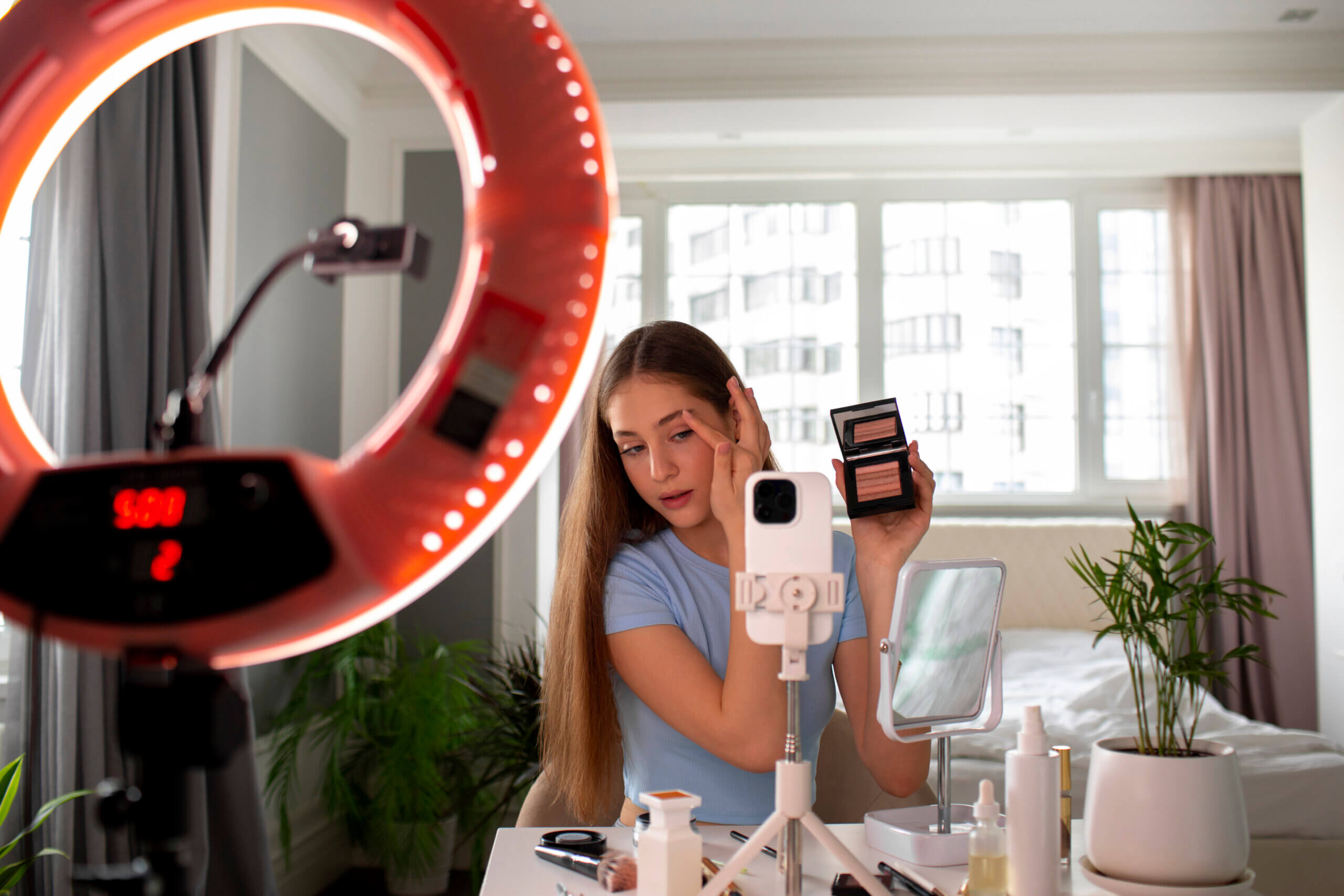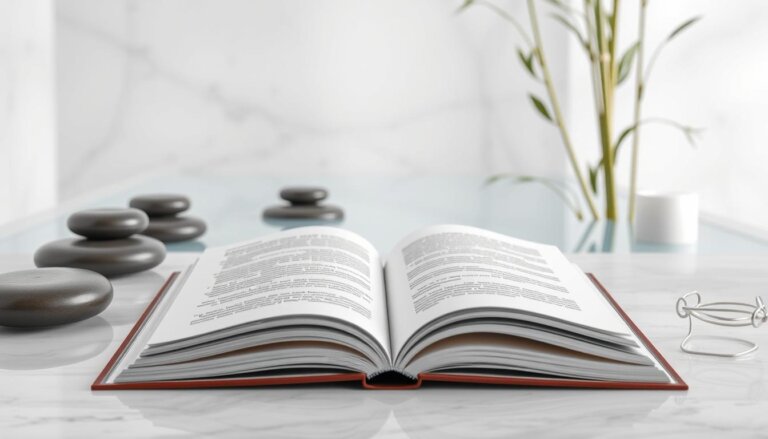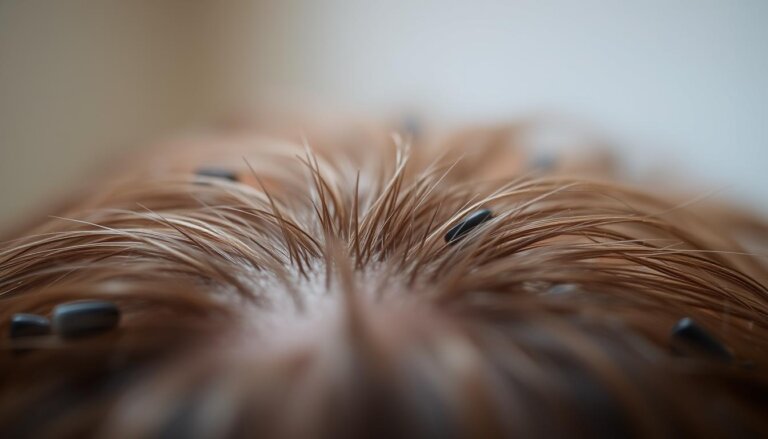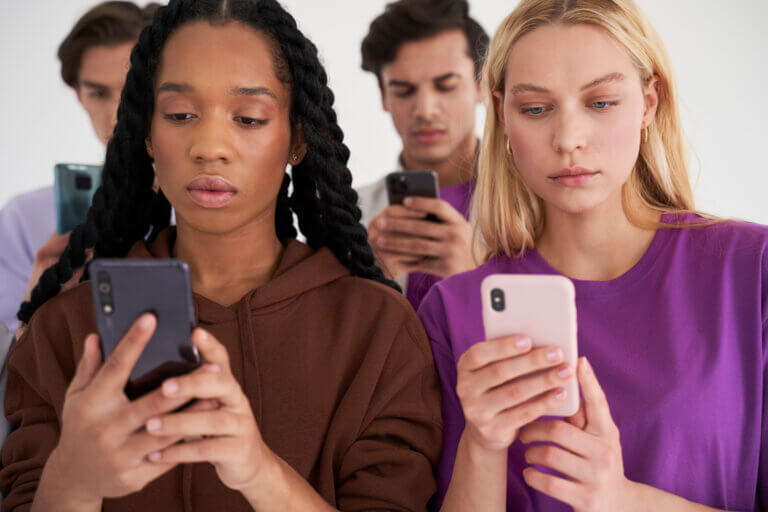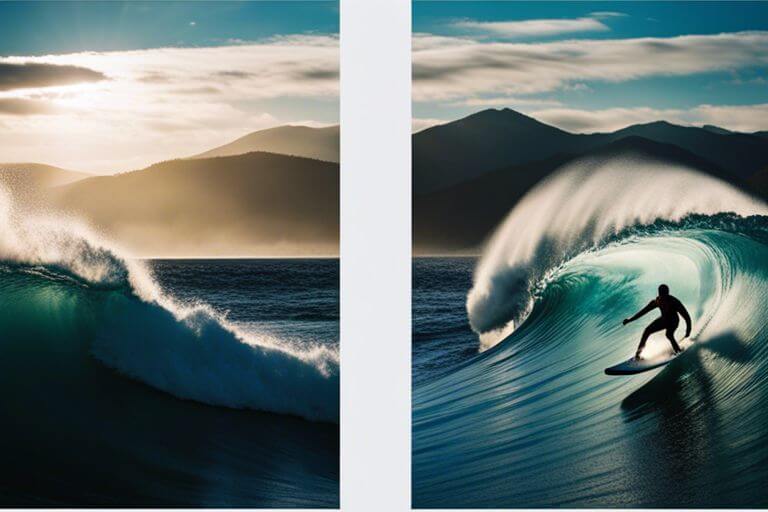TikTok Trends and Teen Beauty Standards
Filters, FYPs, and Face Wars
TikTok is more than a viral dance machine—it’s a powerful engine for setting cultural norms, including what it means to be “beautiful.” Teenagers, in particular, absorb beauty trends at lightning speed on the platform, often shaping their self-worth around the app’s aesthetics. From “looks mixxing” to beauty filters that create new faces, TikTok is reshaping teenage identity in real time.
The Power of TikTok’s Algorithm
TikTok’s For You Page (FYP) customizes content based on behavior. Beauty content—including makeup tutorials, glow-up transformations, and filter challenges—gets massive reach. This visibility reinforces trends that teens often internalize as beauty standards, whether consciously or not.
Popular TikTok Beauty Trends Among Teens
Clean Girl Aesthetic – Minimal makeup, slicked hair, clear skin.
Soft Girl/Grunge Girl – Hyper-feminine or edgy fashion with distinct makeup styles.
Glow-Up Transformations – Before/after edits showing dramatic beauty changes.
Face Symmetry Filters – Tools that rate your beauty based on symmetry.
Looks mixing – A controversial trend promoting extreme efforts to enhance physical appearance.
Each trend comes with implicit messages about what kind of face or body is “desirable.”
The Role of Filters and Augmented Reality
TikTok’s face filters are increasingly advanced, using augmented reality (AR) to:
Reshape facial features
Add makeup or change eye color
Simulate cosmetic procedures (e.g., nose jobs)
Teens using these filters frequently report feeling less confident in their natural appearance afterward.
Mental Health Impacts
Multiple surveys link TikTok usage with:
Body dissatisfaction
Anxiety around appearance
Desire for cosmetic procedures at younger ages
According to Dove’s “Self-Esteem Project,” 1 in 2 girls say social media makes them feel worse about how they look.
Gendered Pressures on the Platform
While girls are often pressured to look soft, perfect, and slim, boys on TikTok face growing pressure to be muscular, masculine, and flawless. Influencers promoting gym culture and aesthetic perfection have made “looksmixxing” and “mogging” (outshining others in looks) part of the vocabulary.
Positive Movements on TikTok
Despite the pressure, not everything is negative:
#BodyPositivity and #AcnePositive movements are gaining traction.
Some creators openly show their real skin, weight fluctuations, and makeup-free faces.
Therapists and educators are using TikTok to teach media literacy and boost self-esteem.
How Parents and Educators Can Help
Encourage critical thinking: Ask teens how filters and trends make them feel.
Set screen time limits: Especially before bed or school.
Follow diverse creators: Exposure to different body types, skin tones, and cultures helps expand beauty perceptions.
Start conversations: Normalize discussing beauty pressures and self-worth.
Conclusion
TikTok is rewriting what teens believe is beautiful—sometimes subtly, sometimes aggressively. While the platform can be a source of creativity and empowerment, it also reinforces narrow ideals that can harm mental health. Awareness, education, and intentional content choices can help teens navigate this complex beauty battleground.

